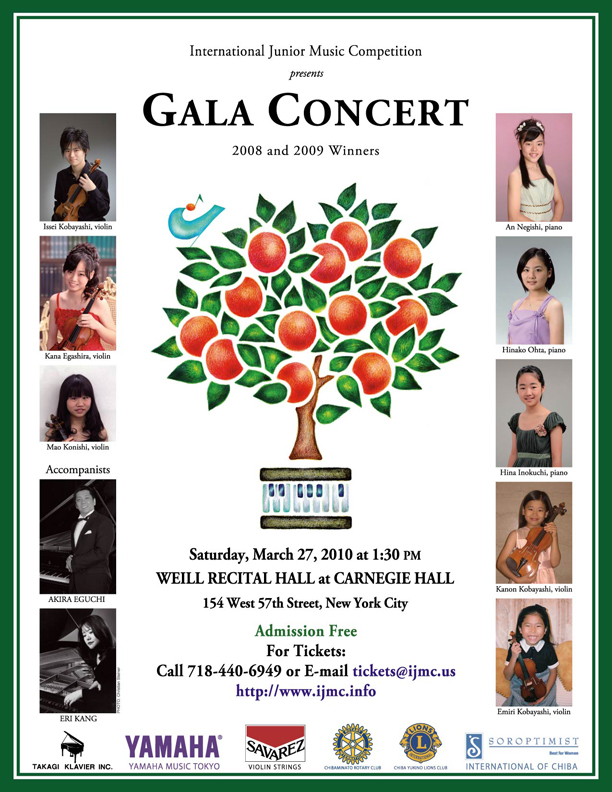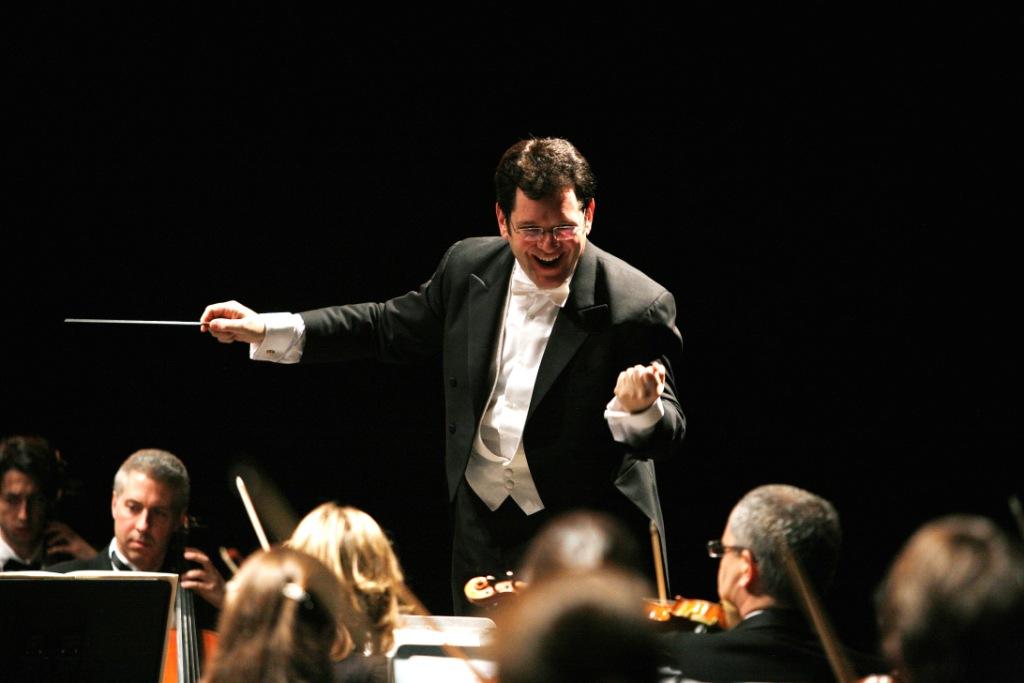
Daniel Cho
Daniel Cho played with a robust, confident sound at his New York recital debut, sponsored by the Korea Music Foundation; he displays a technique that is comparable to many top professionals today. Winner of the 2009 Great Mountains Music Festival Competition, he studies with Hyo Kang in Juilliard’s Pre-College Division. His technical prowess was exemplary in Wieniawski’s Fantaisie brillante on Themes from Gounod’s Faust; his up-bow spiccato, harmonics, difficult leaps, pizzicato and tricky double-stops were all eye-opening.
Corelli’s Sonata in E Major, which was composed in the second half of the 17th century, required clearer, more elegant phrasing and Baroque-Period simplicity, but Seunghyun Yun’s Decalcomania: Lament, a contemplative work combining the overt nature of open strings and the more mysterious qualities of major sevenths and minor ninths, was beautifully played, and with much devotion by Mr. Cho.
In the Grieg Sonata, pianist Sunglee Victoria Choi made the most of every solo turn, and—when required—she played with a lovely, tender sound. Cho had his musical moments too, but he didn’t always make the most of his opportunities to change tone color (his vibrato, pressure of the bow, etc.) in contrasting sections. Here and in Chopin’s Nocturne in D Major, Op. 27 No. 2, he sometimes forgot to substitute genuine sweetness for passion. Still, there is absolutely no doubt that Cho has complete command of his instrument. In fact, his sound is so resonant and lush that he would have no problem projecting over a full orchestra in heavily scored works such as the Shostakovich and Bartok concerti. And he certainly would be heard from the top balcony of a large hall such as Carnegie’s Stern Auditorium; hopefully, he will play there one day.

 This concert “celebrated the American creative spirit” by combining photography and music. The program featured the “three B’s” American style – Barber, Bernstein, and Brubeck (Dave and his son Chris) – and included two New York premieres: the Brubecks’ “Ansel Adams: America,” and Bill Cunliffe’s fourth stream… La Banda (The Band). Composers Dave Brubeck and Bill Cunliffe were present, as were several members of Adams’ family.
This concert “celebrated the American creative spirit” by combining photography and music. The program featured the “three B’s” American style – Barber, Bernstein, and Brubeck (Dave and his son Chris) – and included two New York premieres: the Brubecks’ “Ansel Adams: America,” and Bill Cunliffe’s fourth stream… La Banda (The Band). Composers Dave Brubeck and Bill Cunliffe were present, as were several members of Adams’ family.
